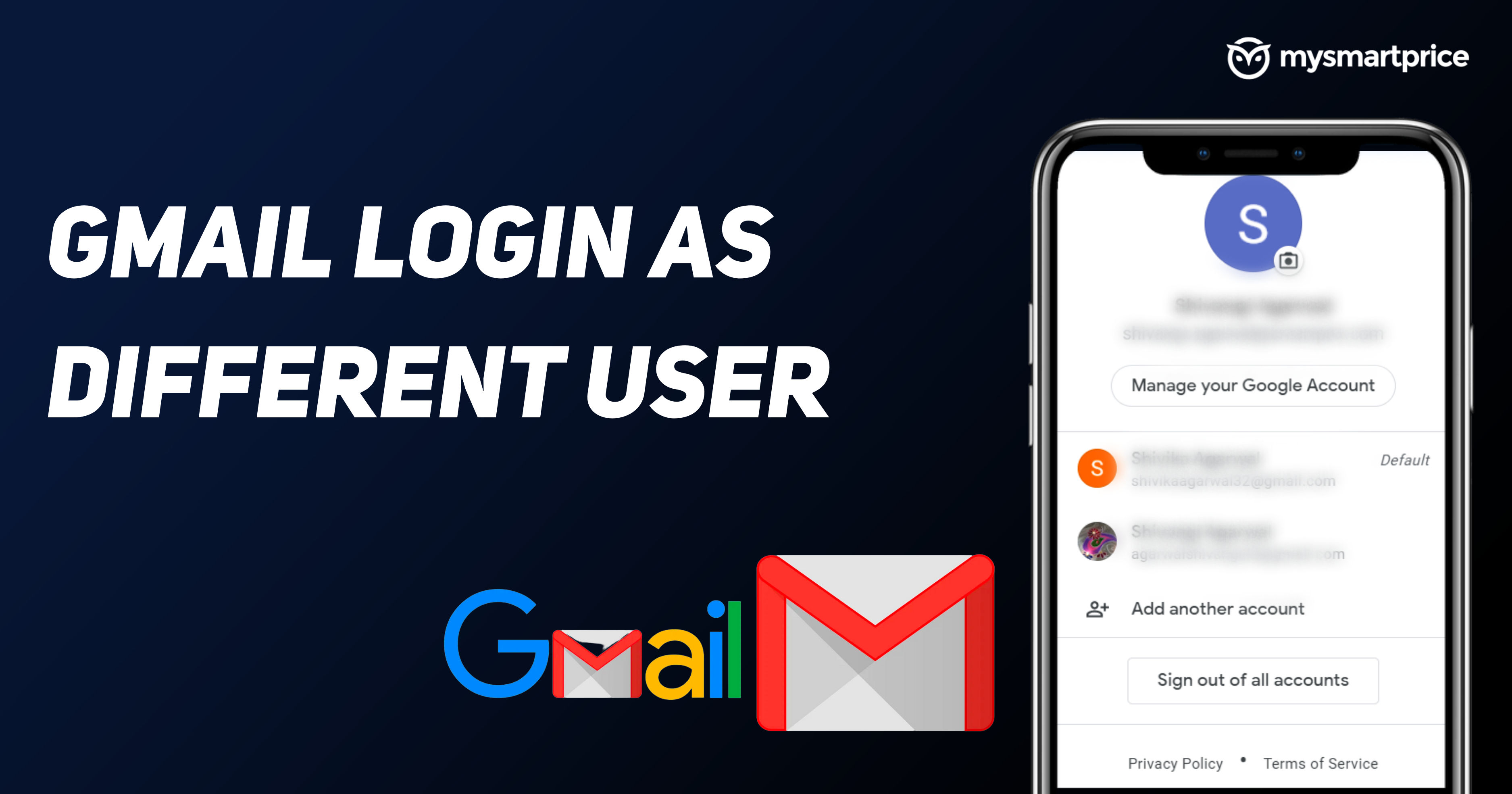
Inloggen Gmail Logging In To Your CPS Google Account (Gmail) - CPS
Fake Gmail Login: How to Spot the Phishing Scam and Stay Safe

Inloggen Gmail Logging In To Your CPS Google Account (Gmail) - CPS
Have you ever felt a tiny shiver of doubt when logging into your Gmail account? Maybe something just didn't feel quite right? Well, you might be onto something. A new, sophisticated Gmail phishing attack is making the rounds, and it's trickier than ever to spot. Let’s dive into what makes this attack so dangerous and, more importantly, how you can protect yourself.
What's the Big Deal? The "Weaponized" Login Flow
So, what exactly is a "weaponized" login flow? Imagine walking into what looks exactly like your bank, but it's a perfect replica built by scammers. That's essentially what's happening here. Cybercriminals are creating fake Gmail login pages that are almost indistinguishable from the real thing. When you enter your credentials, you're handing them straight to the bad guys. Spooky, right?
These aren't your run-of-the-mill phishing attempts with obvious typos and dodgy links. These attacks exploit vulnerabilities and use clever techniques to fool even the most vigilant users. Think of it as a magic trick – but instead of pulling a rabbit out of a hat, they're stealing your password!
How Does It Work? Unmasking the Phishing Tactics
These phishing attacks use several sneaky methods to trick you:
- Fake Login Pages: The cornerstone of the attack. These pages mimic the real Gmail login so closely that it’s hard to tell the difference.
- DKIM Replay: Attackers can reuse legitimate email authentication keys (DKIM) to make their emails appear trustworthy. It's like forging a signature, but on a digital level.
- OAuth Manipulation: This involves tricking you into granting malicious apps access to your Gmail account. Ever mindlessly click "Allow" on an app permission request? That could be a problem.
The goal is simple: steal your login credentials and gain access to your email, personal information, and potentially even other accounts linked to your Gmail. It’s like giving a thief the keys to your digital kingdom.
Staying Safe: Your Anti-Phishing Toolkit
Alright, enough doom and gloom. Here’s how you can fight back:
- Double-Check the URL: Before entering any information, make sure the URL in your browser's address bar is the official Gmail address (mail.google.com). Look for the padlock icon, indicating a secure connection.
- Enable Two-Factor Authentication (2FA): This adds an extra layer of security. Even if a scammer gets your password, they'll need a code from your phone to log in.
- Be Wary of Suspicious Emails: Don't click on links or download attachments from unknown senders. If something seems off, trust your gut.
- Review App Permissions: Regularly check which apps have access to your Google account and revoke permissions for anything suspicious.
- Keep Your Browser and Antivirus Software Updated: These updates often include security patches that protect you from the latest threats.
Think of these tips as your personal anti-phishing toolkit. Use them wisely!
My Two Cents: A Call for Constant Vigilance
In my opinion, the increasing sophistication of these phishing attacks highlights the need for constant vigilance. We can't just rely on technology to protect us; we need to educate ourselves and stay informed about the latest threats. It's like learning a new language – the language of cybersecurity. The more fluent we become, the better we can protect ourselves and our data.
The future of cybersecurity depends on a collective effort. Tech companies need to develop more robust security measures, and individuals need to take proactive steps to protect themselves. It’s a shared responsibility, and the stakes are high.
